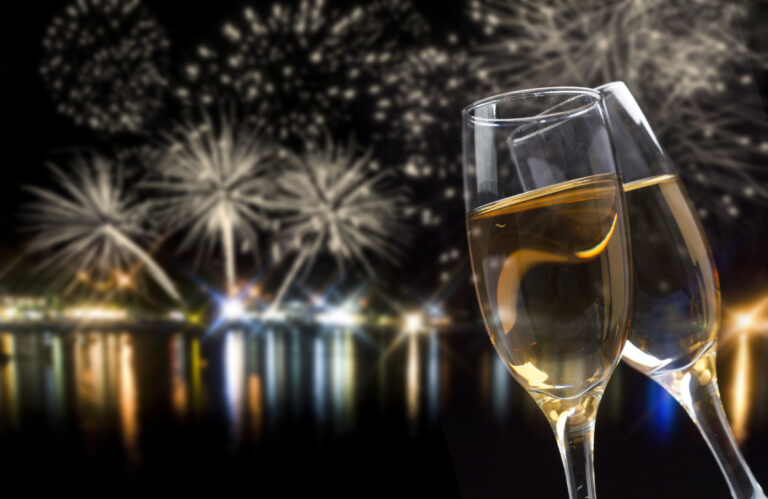
Each year millions of eyes are simultaneously fixated on the Waterford Crystal at Times Square New Year’s Eve Ball. At 11:59 pm on December 31st, the ball begins it’s highly anticipated descend. Families, friends and strangers alike unite in a countdown to a New Year, full of fresh optimism, new hopes, and stress-free grocery shopping.
It’s a cool tradition: That moment of unity and refreshed hope is a fun way to begin a new chapter. But how did it come to be? As we often do here on our blog, we went back into history to find out.
New Year’s Eve was first celebrated in Times Square in 1904, but it wasn’t until 1907 that the ball made its first appearance. The original ball was a hefty 700-pound mass made of iron and wood. It was built by a young immigrant metalworker named Jacob Starr, his company, Artkraft Strauss, was responsible for lowering the ball. Since it’s inauguration in 1907, that ball has undergone seven design changes before becoming what it is today.
After a successful introduction, 1942 and 1943 are the only two years since that the ball has not been lowered, as a wartime “dimout” of lights in New York City had the celebration on hiatus. Nevertheless, the crowds still gathered in Times Square those two years. Introducing the New Year with a minute of silence, followed by the ringing of chimes from sound trucks.
As for the Times Square location, the first shindig was to commemorate the new headquarters of the New York Times. Adolph Ochs, the newspaper’s owner successfully lobbied for the city to rename Longacre Square, Times Square. The Times Tower became the focus of the city’s New Year’s gathering.
Ochs went all out, sparing no expense to ensure the celebration was a success. An all-day street festival led to a nighttime fireworks display, finished off at midnight when sounds of noise-makers and rattlers erupted through the streets. The entire party was a rousing success, and Times Square effectively became the place to be for New Year’s Eve.
Two years later, the city banned Ochs’ fireworks display. Yet, he remained unfazed, replacing the light show with the first New Year’s Eve ball built by Jacob Starr. The rest is history as the Times Square New Year’s Eve celebration began capturing the imagination of the nation, and eventually the rest of the world.
If you’re watching the ball drop this year, make sure you do so with some tasty appetizers: check out our appetizer recipe collection. Visit your local store for everything you need to make your New Year’s Eve an enjoyable one!
Happy New Year!

